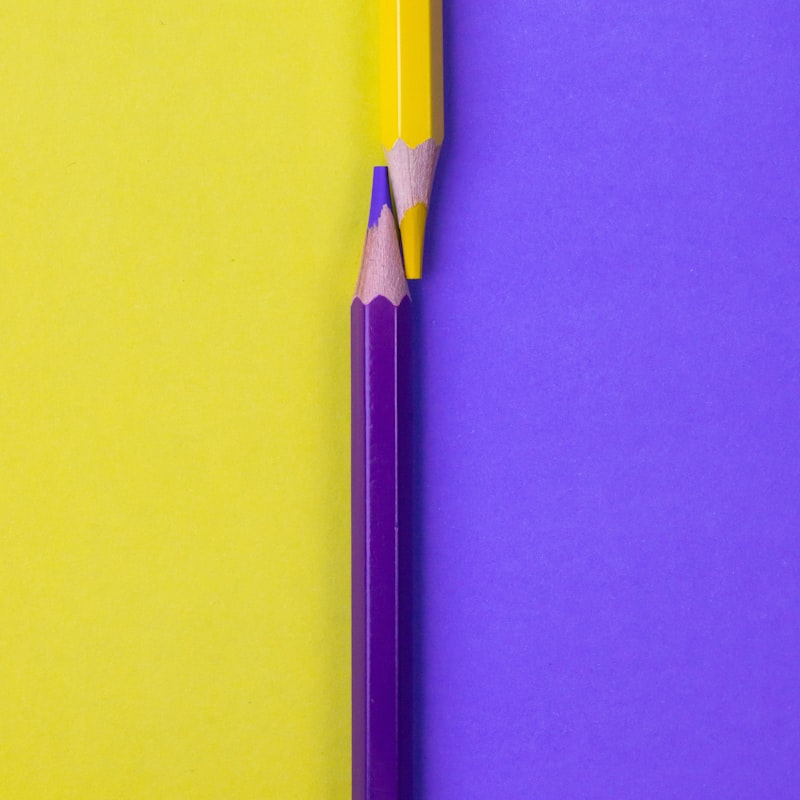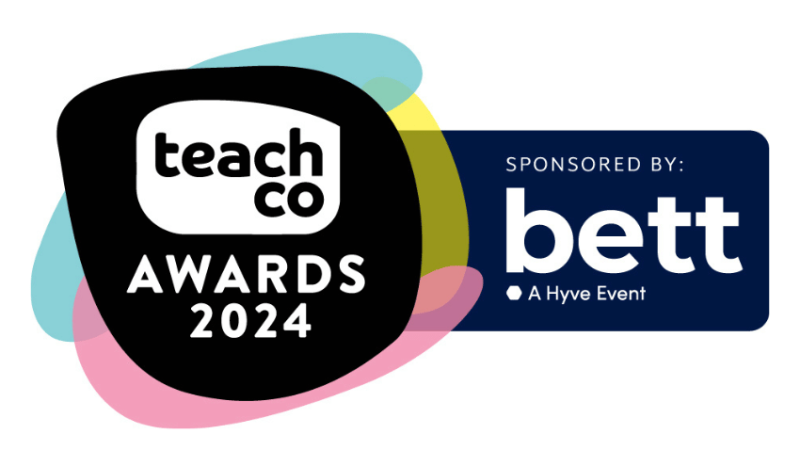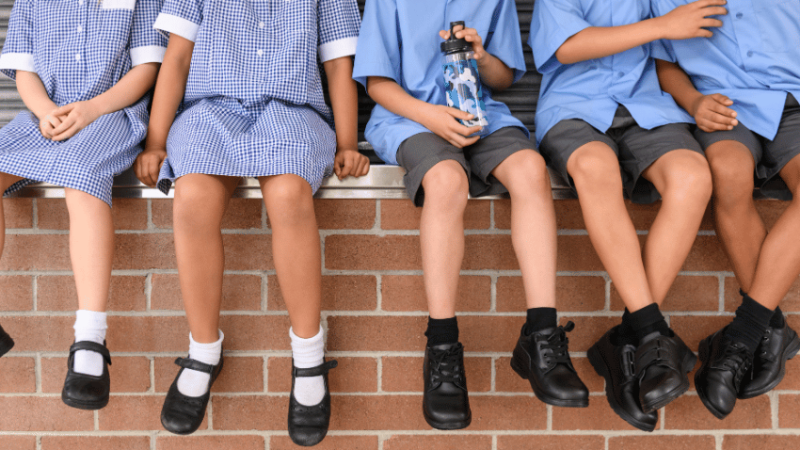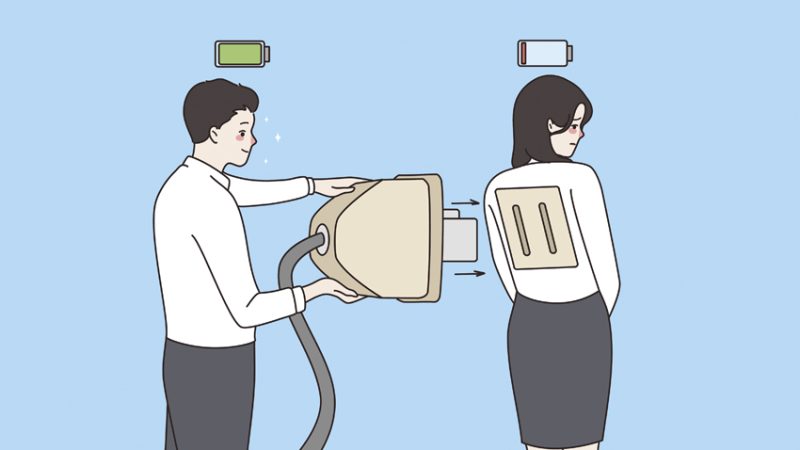Addressing Blame Culture in your School is Vital…for Pupils and Teachers

Acknowledging how and who we accuse when things go wrong in school is key for all involved
- by Anna Gregory

Recently I mismanaged my diary. The meeting everyone else had down for a certain date, I had down for a month later. I instantly felt panicked, embarrassed and a bit shameful. I started trying to claw my way out of these feelings by asking a barrage of questions to my team. Who set the date? Was I given the right one? Why wasn’t it on the shared calendar? Why was the meeting called in the first place?
I needed this awful feeling that I had messed up to go away. The easiest way to do that was to pass the discomfort, the unease, to someone else: to blame them for what had happened. The meeting ended abruptly and I could tell that people were affected by how I had acted. My blameful outburst had affected the feeling in the room. I had started to affect the culture of our meetings.
Who do we blame?
Who do you blame when things don’t go well? How are you when, say, poorer than expected SATs results come out? Are you uncomfortable, embarrassed, angry? Do you (privately or publicly) blame the parents, Y5 teacher or the number of SEN children in the class?
When a lesson goes badly, might you blame a lack of resources in your classroom, the children for misbehaving or your partner for snoring the night before and stopping you from getting a good night’s sleep?
Or is it all your fault because you’re a terrible person?
We can start to make changes if we can acknowledge how and who we blame. This involves being honest and a bit brave.
The impact
Blame produces negative feelings. For some people, this may be guilt. For others, blame can go further and produce shame. This is more painful than guilt and can stay with people for a long time.
Shame is personal; someone might feel they are a bad person rather than someone who has done a bad thing (guilt). If shamed, we tend to react in one of four ways:
- Withdrawal – we isolate ourselves, run and hide, keep stuff to ourselves
- Avoidance – we go into denial – ‘It wasn’t me’ – or we distract ourselves. Children may change the subject or consume themselves with other activities or friendships, whereas adults might look to social media, shopping or alcohol
- Attack ourselves – this is when we put ourselves down, we tell ourselves we are no good
- Attack others – this is when we ‘turn the tables’ on the other person and the blame is passed on. We might lash out and say things we later regret
If we know to look for them, we can see the feelings produced by blame coming out in the way we speak towards one another. Our language and behaviour affects the climate – the social temperature – of our schools. It can be felt in the classroom, the staffroom, the playground and beyond.
Playing the blame game
Occasionally, we can get stuck in the blame game. This consists of two or more people blaming each other and persisting in it, instead of proactively making changes that could transform the situation. For some people, the blame game can last years.
In the structured ‘peacemaker’ sessions I run in my role as restorative coordinator, we play the ‘blame game’ with children. This light-hearted activity can start valuable discussions about blame, how we get trapped in it and possible ways to change the conversation.
I start with games in which people are ‘out’ quite quickly. From here, we think about how it feels to be out of a game or activity we are enjoying.
The range of responses (which include anger, frustration, relief, nonchalance and more) help to start a discussion around feelings.
We then talk about blame and what it sounds like. This can be revealing for the adults, as the children often describe situations in which adults don’t fully listen to their version of events.
With the teacher, I will then model the ‘blame game’. Using a red card with ‘It’s your fault because…’ written on it (download it from learning.peacemakers.org.uk), the teacher and I pass the card back and forth and elaborate on mutual accusations.
Our responses to each other escalate in terms of volume and emotion. The ‘acting’ often causes a lot of laughter.
I then ask the children what they noticed about our bodies and our voice. They might say that we were jabbing our fingers at each other or that our voices got louder.
They are then asked to comment on what we said to each other. The responses might include that we stopped making sense and just wanted to win the argument, or that we brought in things from the past that had nothing to do with what was initially being discussed.
It would appear that everyone, regardless of age, has experience of playing the blame game for real and so can recognise the nuances and strategies used to ‘win’ it. It is now the children’s turn to have a go.
I limit this activity to less than 20 seconds: just enough time to experience the emotion, language and physicality associated with blame.
Next the teacher and I model an alternative. Using a green card that has written on it ‘It’s partly my fault because…’, we pass the card back and forth as before, this time taking some responsibility for what has happened.
Again, the children are asked to comment on what they saw and heard: ‘You were calmer. You had an actual conversation. It slowed right down. You were looking at each other.’
And again, the children have a go at experiencing what it feels like to accept some of the responsibility. They are not being asked to accept all of it, just to take what steps they think they can to accept their part in the incident.
This activity quickly highlights for both children and adults that, given the opportunity and the right structures, they can transform conflict into something much more positive.
Irrational behaviour
Months on from my diary mess-up, I see that it was an easy mistake to make, but in that heightened, panicked moment, I couldn’t think rationally. I reacted to my feelings. Blame is emotional.
Once I experienced distressing feelings (shame, embarrassment, fear) I tried to find the cause of them and shift the distress onto that.
My mortification at my diary mismanagement meant that the others in my team, my online calendar and even the meeting itself was to blame.
If I’d been allowed to carry on, I may have even blamed the weather, the traffic or my great aunt too.
With the green blame card with me at that meeting, I would have been able to say, “It was partly my fault as I wrote the meeting down wrong. Easily done. Apologies, everyone.”
Anna Gregory is restorative coordinator at Peacemakers (@wmqpep), an organisation that delivers peace education via practical workshops, experiences and training sessions.










